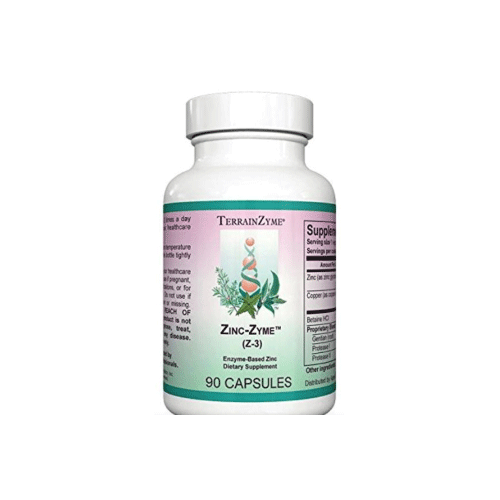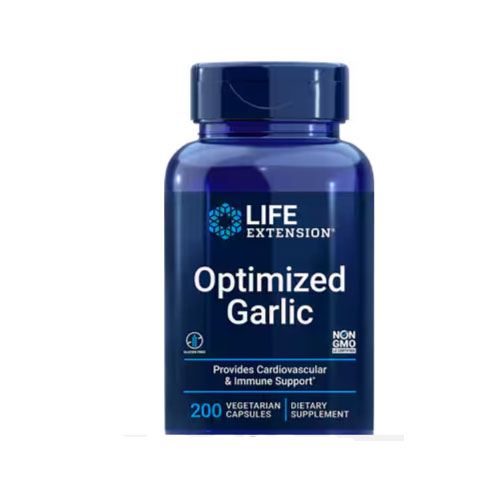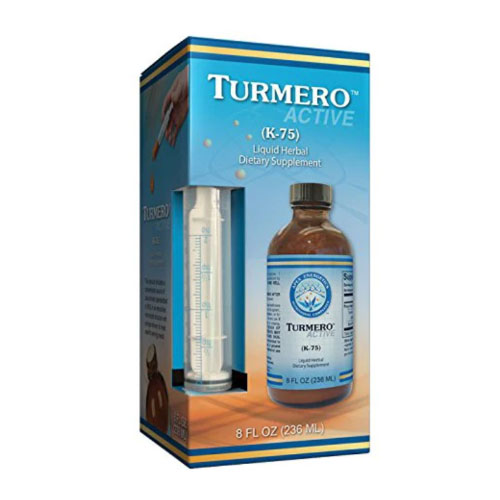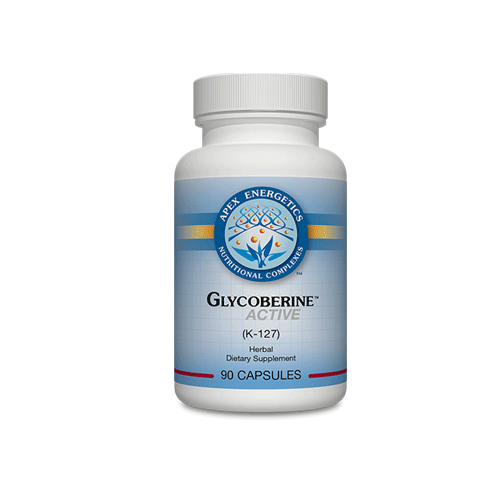Choosing a cosmetic procedure to rejuvenate your appearance is a big decision. Therefore, it is critical to determine your aesthetic goals, overall health, and unique facial structure before deciding on a treatment. If debating Evoke vs. FaceTite, there are several distinctions to consider before moving forward with one option.
Evoke takes a more non-invasive approach, significantly reducing the possible side effects and length of recovery time. Discuss which option would be best for you with Dr. William Clearfield with the Clearfield Medical Clinic.
Differences in Evoke and FaceTite Procedures
Evoke is an external, hands-free facial modeling procedure that does not require incisions or recovery time. Contrarily, FaceTite is a surgical procedure that relies on incisions, liposuction, and a few months of recovery for final results.
During an Evoke procedure, heat application to the skin results in tighter skin cells remodeled fat and increased collagen and elastin production. For FaceTite, small incisions along treatment areas allow for liposuction and radiofrequency energy to remove excess fat. In addition, the energy waves help stimulate collagen production during FaceTite treatments.
Treatment Areas for Evoke and FaceTite
Evoke offers two options for treatment areas, including Evoke Face and Evoke Neck, though combined treatments are also available at the Clearfield Medical Clinic. Target areas may consist of the jawline, neck, chin, and cheeks to reduce visible signs of aging, excess fat, and loose skin.
FaceTite also targets the lower half of the face and neck, including the chin, cheeks, and jawline. However, FaceTite cannot make enhancements on the neck, such as increasing muscle definition and tightening the skin. The reason is that the technology solely focuses on the lower face and does not extend past the jawline.
Recovery and Result Differences Between Evoke and FaceTite
A critical difference between the two options is the main objective of each procedure. Evoke aims to restructure tissue, fat, and skin for a tighter, slimmer appearance while FaceTite removes excess facial fat permanently. Though both treatments have slimming enhancements, Evoke vs. FaceTite results could look different for each patient.
Weight gain after Evoke or FaceTite reverses either treatment’s effects, making additional sessions necessary sooner. Further, Evoke does not prevent future signs of aging from forming on the face and neck after treatment.
Since Evoke is less invasive than FaceTite, it requires no recovery time and only one minor side effect, skin redness. After FaceTite, minor side effects are typical, and one to two days of recovery is necessary before returning to normal activities. In addition, Evoke requires more follow-up treatments, once every year, than FaceTite, which could last for up to five years after each treatment.
How to Choose if Debating Between FaceTite Vs. Evoke
Deciding between Evoke vs. FaceTite depends on several factors that are unique to each individual’s journey. An essential element is procedure differences, as FaceTite is a surgical procedure while Evoke is entirely non-invasive.
Evoke has no required recovery time, while FaceTite requires one to two days before resuming daily activities. Both options could treat the chin, cheeks, and jawline, but Evoke can rejuvenate the neck as well. Contact the Clearfield Medical Clinic to speak with Dr. C about your treatment options.






